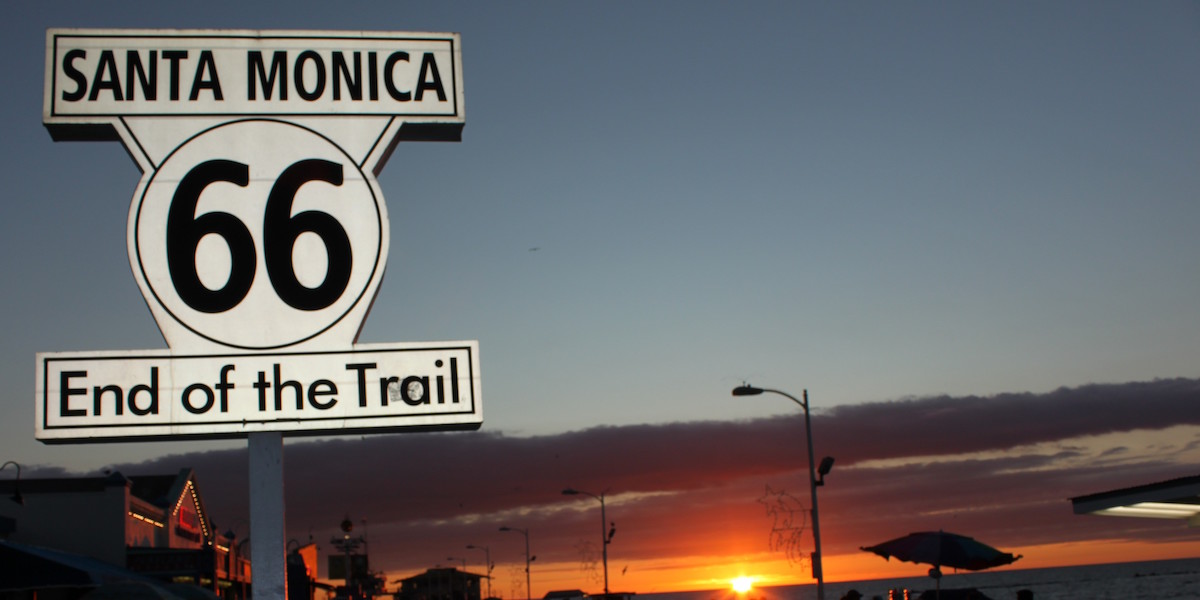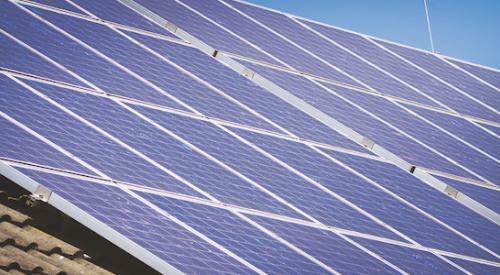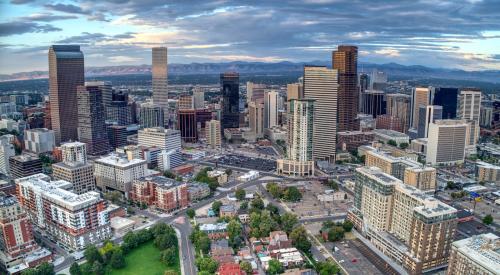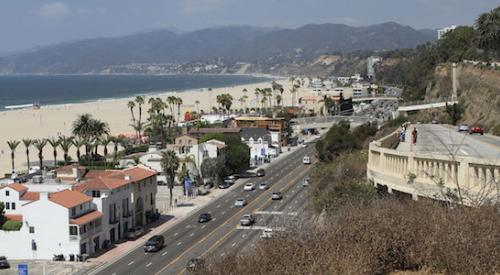The Santa Monica City Council has approved an ordinance that requires all new single-family construction within the city’s boundaries to be zero-net energy (ZNE), making it the first city in California to adopt a ZNE ordinance.
In this case, Santa Monica will adopt the definition of ZNE used in the 2016 California Green Building Standards Code (CALGreen): A ZNE building is one where the value of energy produced on site by renewable energy resources is equal to the value of the energy annually consumed by the building.
The ordinance has been put to the California Energy Commission (CEC) for approval. If approved, the ordinance will go in effect in the first quarter of 2017, possibly as early as February.
“This ordinance makes environmental and economic sense,” Dean Kubani, Santa Monica’s chief sustainability officer, said in a statement. “With the price of utility power continuing to rise, ZNE homeowners will avoid those escalating costs while benefitting from local renewable power for all of their energy needs.”
California is often progressive when it comes to energy. By 2030, half of the state’s energy will come from renewable sources. All new residential construction will be ZNE by 2020, and all new commercial construction will achieve ZNE by 2030. Santa Monica’s goal is to be “carbon neutral” by 2050, that is, the city’s greenhouse gas emissions will be so low that carbon-trapping strategies, such as planting more trees, can offset it.













